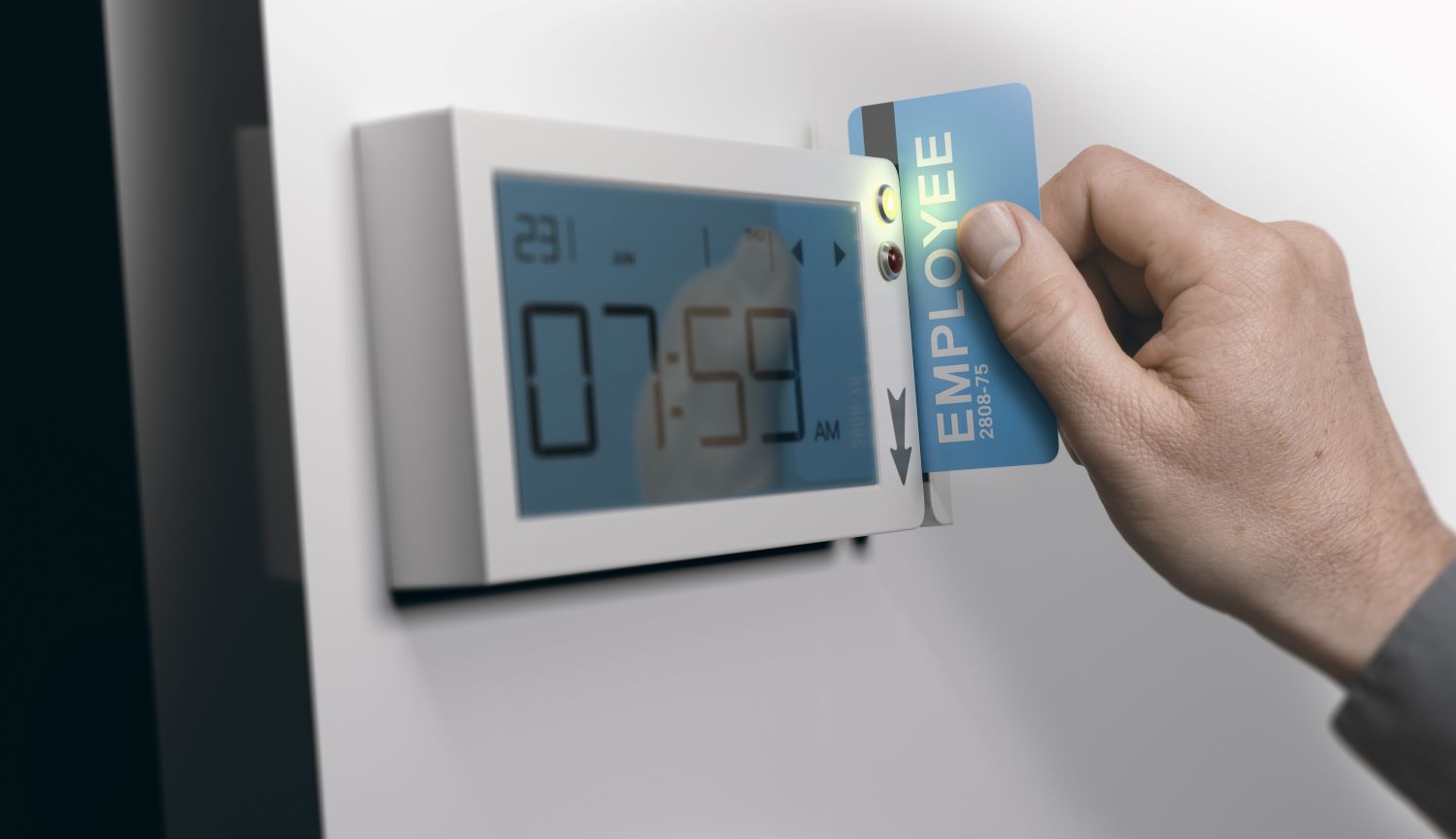Time and attendance systems may be quite beneficial to your firm in several ways. However, it may be difficult to determine which one is the best match for your requirements with so many options.
If you’re in the market for time attendance systems, keep reading for tips on choosing the right tool for your needs.
What Are Time And Attendance Systems
These systems enable workers to log in and out digitally using different devices such as cell phones, computers, and time clocks. Additionally, some systems enable users to clock in and out through SMS, social networking sites, and other modes of communication. Moreover, when a worker logs in or leaves, the data immediately moves to programs that smoothly feed it into the payroll system.
In addition, these systems may be used for a lot more than just keeping track of workers’ hours. They can also be used for reporting and management. Moreover, the self-service kind systems let workers do numerous time-tracking functions independently.
How To Choose A System
Choosing a system might be difficult if you don’t know where to begin. The following tips will help you make the best decision for your company.
- Look For Flexible Time Tracking Options
The purpose of technology is to make life better by offering smooth solutions. And among these solutions is time-tracking for companies. Time tracking is challenging to handle accurately if you can’t provide numerous methods for workers to log in and leave. This is particularly essential if you have remote employees, external sales, different geographic positions, or job sites.
Hence, you should opt for a system that offers customizable, mobile-friendly features. Clocking in and out should be as easy as possible for your staff to ensure accurate time tracking. This includes the option to clock in through SMS if mobile or Wi-Fi coverage is restricted.
- Explore Systems With Offline Tracking Features
Time and attendance monitoring systems that require an internet connection to work might be inconvenient. Consider a scenario in which your remote employees are unable to connect to the internet to sign in. This decreases the number of hours for which they will be compensated.
Time tracking shouldn’t be dependent on mobile or internet access. This is particularly true if particularly if you’re tracking time for a distant workforce. Using a system that captures time ins when the user is offline assures the quality of your payroll information, minimizing errors and the time involved to rectify them.
Thus, you should consider a system that saves offline inputs and transmits them automatically when a connection is restored, without demanding employees to perform further actions.
- Consider Ease Of Use
Incorporating a comprehensive attendance monitoring system into an organization may be time-consuming and difficult. It may take some time for your employees to become used to the new adjustments that have been implemented at the company.
Hence, if you’re going to make a big change, you’ll need something simple to set up and understand how to utilize. Additionally, the system you deploy should be straightforward for your administrative personnel to adjust to your business’s specific requirements. Otherwise, it will wreak havoc on your present payroll process.
- Look For Time-Off Requests And Expense Tracking Option
Time off applications and expenses may be difficult to manage when you work with a big company or have a significant number of remote employees. Fortunately, time-tracking tools make these administrative jobs easier to manage.
Workers and supervisors alike should be able to get the time off they need without any hassle. Moreover, when dealing with many cost requests, you’ll want to find a system that makes it simple and fast to submit expenditure requests and invoices.
- Search For Geofencing Feature
Occasionally, it is necessary to restrict employees’ freedom to log in unless they are on or near the workplace. This eliminates off-site clock in and increases time monitoring responsibility.
Geofencing enables you to customize the region surrounding a worksite where logging in is permitted. The function increases responsibility for time monitoring. If an employee attempts to log in beyond this location, they will be denied.
Other systems record the broad position of each clock passively, enabling you to view the region in which the logging in happened.
- Look For Biometric Tracking Options
Biometric tracking refers to the process of clocking in using a fingerprint, facial, or eye scan. This option primarily eliminates instances of workers clocking in on behalf of one another.
Although this may be too much your organization requires, biometric time logging does eliminate time theft committed by workers. Additionally, it improves wage expenses accuracy greatly.
Conclusion
Time tracking has come a long way from the era of timecards and punch clocks. Whichever timekeeping method you use, manual or automated, all are meant to achieve the same results, accurately monitor your workers’ working time.
Though some are better at ensuring that no time is stolen than others, any solution is preferable to none at all when it comes to demonstrating compliance to labour laws and rules regarding working hours.
